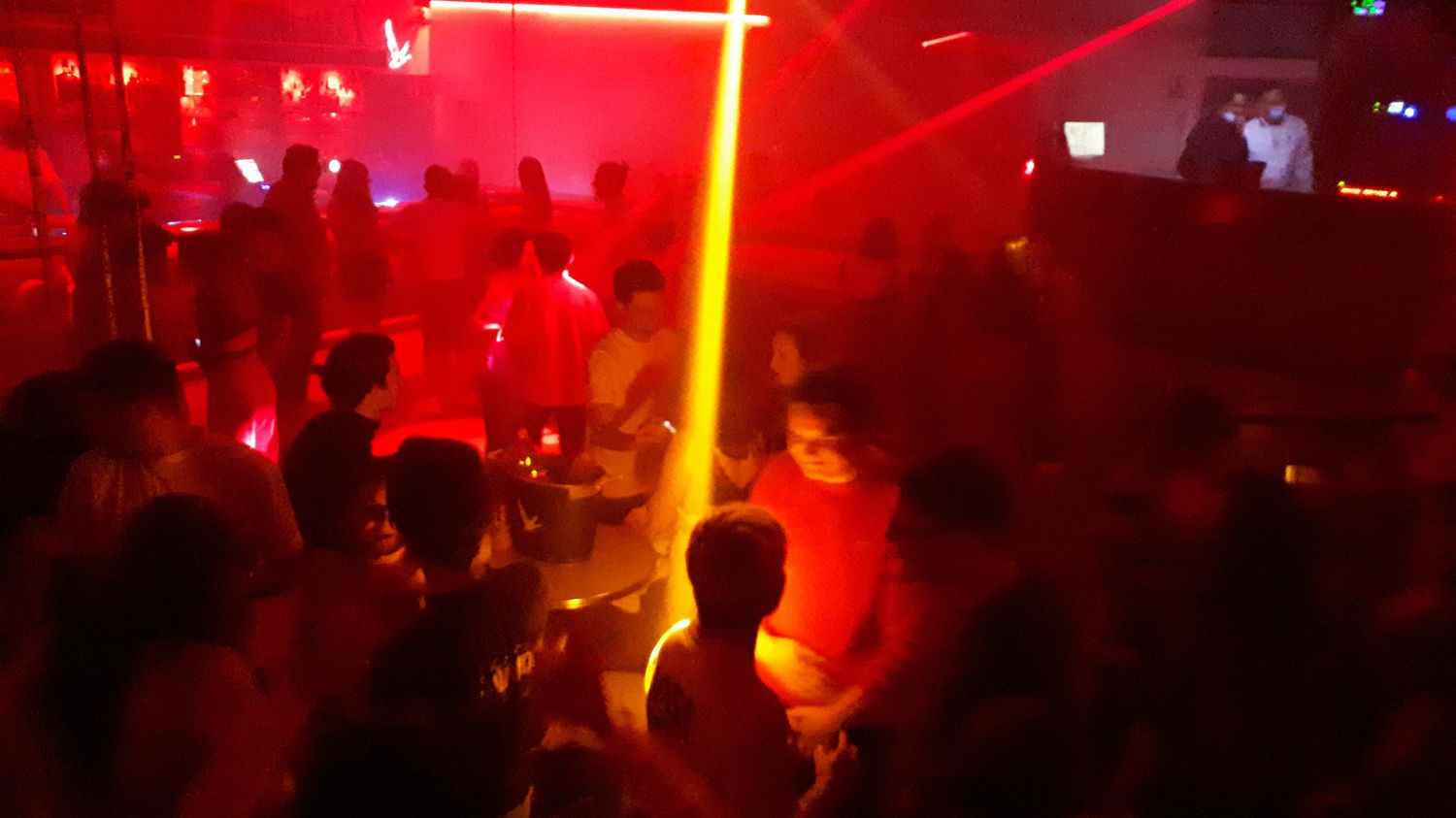What DJs, musicians and partygoers felt, intuitively is confirmed scientifically: it is indeed the bass, the low notes, which ignite the dance floors in the discotheques.
Article written by
Published
Reading time : 1 min.
We now have a figure: adding bass, on any track and at any time, spontaneously increases the activity of the dancers on the floor by 12%. This is the result of a Canadian study that has just been published in the journal Current biology. These researchers transformed an electronic music concert into a scientific study.
It happened in a performance hall that doubles as a lab for McMaster University in Hamilton, Ontario, Canada. For 55 minutes, in the speakers there was music from the group Orphx and on the track, 130 people, half of whom were wearing motion detection headbands. During this concert, the researchers switched on and off intermittently, every two minutes, notes at very low frequencies. Note that these sounds that were added or removed were undetectable for the participants. Result: When the low-frequency speakers were turned on, the amount of movement of the dancers increased by 12%.
There are two possible and complementary explanations for this desire to move. the first is a track that science has been studying for fifteen years: our brain is more sensitive to rhythm, when it is given by low frequencies. This is confirmed by Félix Bigand, who works on the subject at the Rome Institute of Technology, contacted by franceinfo. The tempo created by the bass therefore more easily causes a collective training effect on the track, and helps the dancers to synchronize.
Then, the second explanation, and this one is new, is provided by this Canadian study: it is that our body feels the low frequencies, even when our ears do not hear them, because the bass vibrations stimulate our tactile system, our skin , but also our inner ear. This is how these low frequencies spontaneously create a ripple effect on our motor system and therefore make us vibrate and dance in unison.
